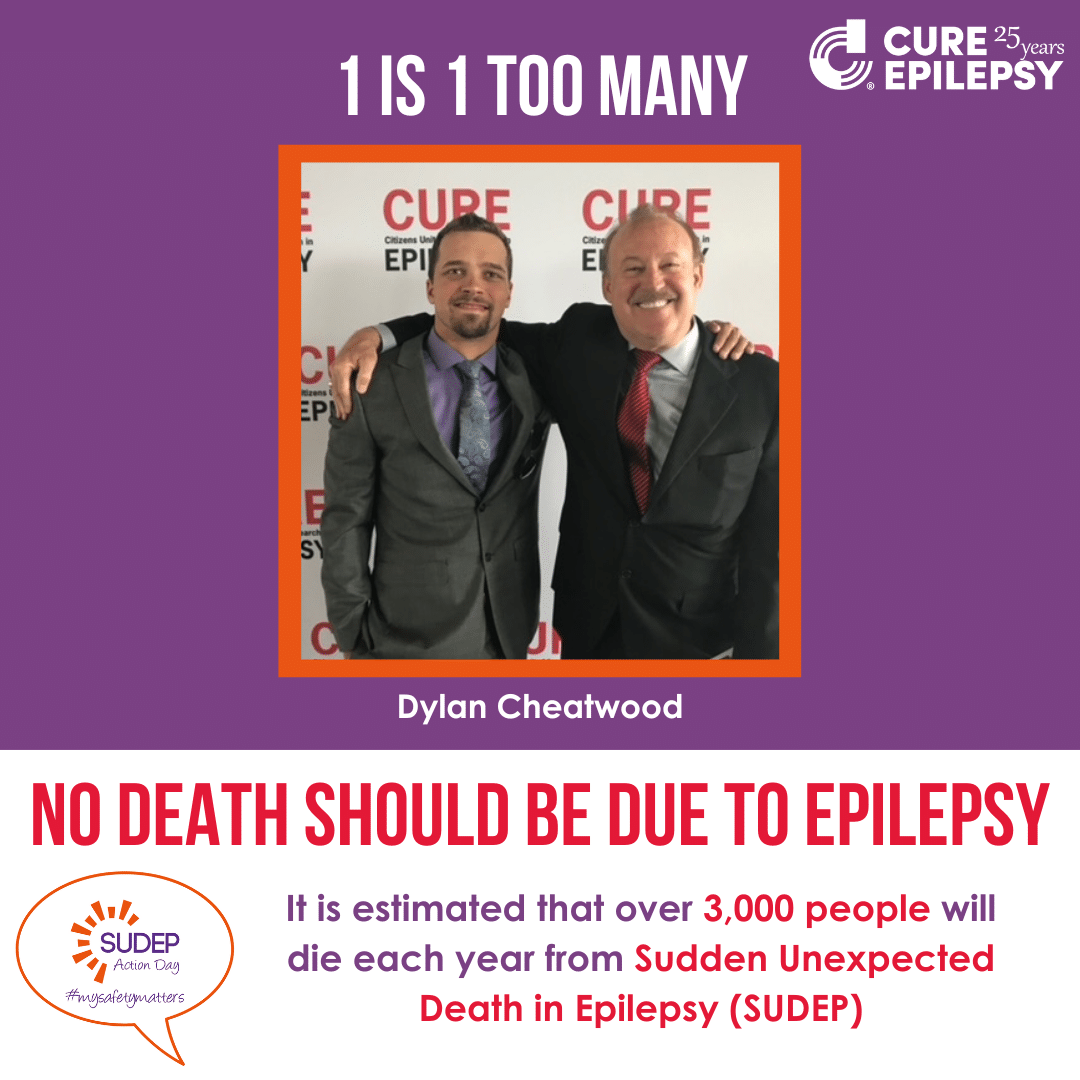Epilepsy Research Findings: April 2019
April 9, 2019
This month’s news features technological advances that may make seizure detection more reliable and surgery for intractable epilepsy more accurate, while also deepening our understanding of how epilepsy arises in a healthy brain.
In other news, important research on Sudden Unexpected Death in Epilepsy (SUDEP) highlighted the association between SUDEP and change in tissue volume in areas of the brain important in cardiorespiratory function, as well as the lack of understanding about SUDEP among people with epilepsy and their relations.
In addition, we spotlight a recent statement by the FDA reporting that some people, mainly youth and young adults, who use e-cigarettes are experiencing seizures, as well as a recent TEDx Talk about how artificial intelligence may be used to help prevent SUDEP.
Summaries of all highlighted studies follow below. I’ve organized the findings into four categories: Treatment Advances, Diagnostic Advances, Research Discoveries, and Also Notable.
Treatment Advances
First Clinical Trial of Reformulated Antiepileptic Drug to Treat Medically Refractory Epilepsy
Learn More
An approved antiepileptic drug used to treat seizures has been modified and is currently being used in an Australian clinical trial for medically refractory epilepsy. The trial tests a proprietary, reformulated, specialty pharmaceutical, which bypasses the blood-brain barrier using a chronic implantable infusion system.
Multicenter Clinical Study of Long-Term Brivaracetam Use Finds It Effective and Well-Tolerated in Patients with Drug-Resistant Epilepsy
Learn More
Researchers assessed long-term effectiveness and tolerability of brivaracetam in patients with focal epilepsy. According to this multicenter, retrospective study, brivaracetam was effective and well-tolerated in a large population of patients with predominantly drug-resistant epilepsy. There were no unexpected adverse side effects over 1 year. The most frequently reported adverse side effects were somnolence, irritability, and dizziness.
Diagnostic Advances
Motion Recognition Technology Assists Epilepsy Diagnosis
Learn More
Motion recognition technology is being used to help neurologists study patients’ behavior during seizures. They hope to get clues on the sub-type of epilepsy the patient has and identify unusual seizure movements requiring further investigation.
Model Developed to Help Identify Patients Who Will Not Experience Remission Again After Breakthrough Seizures
Learn More
A model has been created to help identify people with epilepsy who are unlikely to regain seizure remission within 2 years after experiencing a breakthrough seizure following an initial 12-month remission. Researchers note that their model is a useful first step in developing a tool for identifying patients who develop drug resistance after an initial remission.
Research Discoveries
Potential Biomarkers of Cardiac Stress After Generalized Convulsive Seizures Identified
Learn More
The measurement of certain substances in the blood, such as the protein high-sensitive troponin T and the peptide copeptin, may be helpful as biomarkers to identify cardiac stress after generalized convulsive seizures in patients with refractory epilepsy, according to study results published in Epilepsia.
SUDEP Associated with Tissue Volume Change in Brain Areas Important in Cardiorespiratory Recovery
Learn More
In a retrospective imaging study of SUDEP cases, researchers found that people who passed away due to SUDEP show significant tissue loss in areas of the brain essential for cardiorespiratory recovery. They also found enhanced volumes in areas that trigger hypotension or impede respiratory patterning. According to the study, these changes in brain tissue may shed light on the mechanisms of SUDEP and help detect patterns to identify those at risk for SUDEP.
Literature Review Shows That There is a Lack of Understanding of SUDEP for People with Epilepsy and Their Relations
Learn More
A comprehensive electronic search of peer-reviewed qualitative studies showed an overall lack of understanding about unexpected epilepsy-related death among people with epilepsy and their relations. The authors conclude that it would be appropriate and necessary to discuss SUDEP with patients and their family members upon diagnosis.
Also Notable
Some E-cigarette Users Are Having Seizures; Most Reports Involving Youth and Young Adults
Learn More
The FDA has become aware that some people who use e-cigarettes have experienced seizures, with most reports involving youth or young adult users. A recent uptick in voluntary reports of adverse events with tobacco products that mentioned seizures occurring with e-cigarette use (e.g., vaping) signal a potential emerging safety issue, according to the FDA.
New TEDx Talk Issues Call to Action for SUDEP
Learn More
Every year worldwide, more than 50,000 otherwise healthy people with epilepsy suddenly die — a condition known as SUDEP. These deaths may be largely preventable, says artificial intelligence researcher Rosalind Picard. Learn how Picard helped develop a cutting-edge smartwatch that can detect epileptic seizures before they occur and alert nearby loved ones in time to help.
Laser Light Examines How Epilepsy Arises in the Healthy Brain
Learn More
Scientists have developed a new method to study how seizures arise in healthy brains. Using laser light guided through ultra-thin optic fibers in rodent brains, the researchers “turned on” light-sensitive proteins in selective brain cells and were able to eventually cause seizures through repeated laser stimulation.
Developing a Universal Automated Tool for Reliable Seizure Detection in Rodent Models of Acquired and Genetic Epilepsy
Learn More
The development of an automated tool for reliable seizure detection has the potential to improve the efficiency and rigor of preclinical research and therapy development for rodent models of acquired and genetic epilepsy, according to research published in Epilepsia.
Robotics Makes Intractable Epilepsy Surgery More Accurate
Learn More
Patients with intractable epilepsy who had a minimally invasive surgery evaluation procedure called robotic stereoelectroencephalography (SEEG) experienced fewer complications, according to a study published in JAMA Neurology. Those who went on to have brain surgery were more likely to be seizure-free than patients who had the more invasive evaluation procedure.






